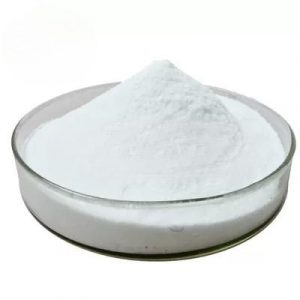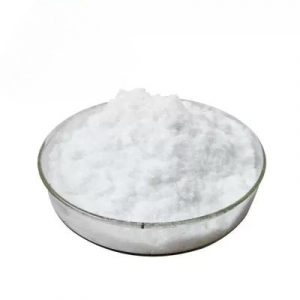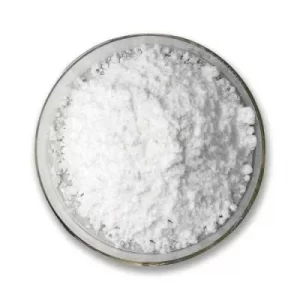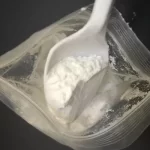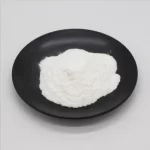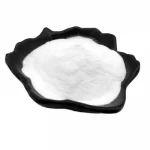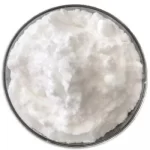Description
High Purity Pharmaceutical Grade Antiarrhythmic CAS 55-31-2 329-63-5 Racepinephrine Hydrochloride
Description
| Product Name: | Epinephrine Hydrochloride | Other Name: | Adrenaline Hydrochloride |
|---|---|---|---|
| CAS No: | 55-31-2/329-63-5 | MF: | C9H14ClNO3 |
| MW: | 219.67 | Purity: | 99% Min |
| Shelf Life: | 2 Years | Application: | Medication |
| Sample: | Available | Storage: | Cool And Dry Place |
High Purity Pharmaceutical Grade Antiarrhythmic CAS 55-31-2 329-63-5 Racepinephrine Hydrochloride
Product Introduction
Name: DL-Racepinephrine HYDROCHLORIDE
English synonyms: (±)-4-[1-hydroxy-2-(methylamino)ethyl]pyrocatecholhydrochloride
CAS Number: 329-63-5
Molecular formula: C9H14ClNO3
Molecular weight: 219.67
EINECS number: 206-346-0
Product Description
Melting point: 157°
Storage conditions: 2-8°C
Solubility: H2O:>50mg/mL
Merck: 14,3619
Stability: Stable, but light sensitive. Incompatible with acids, acid chlorides, acid anhydrides, oxidizing agents.
Product Function
(1) Cardiac Arrest: Epinephrine can improve the excitability of the sinus node conduction system and myocardium, and it can also make the ventricular muscle fibrillation become rough, which is beneficial to defibrillation. Epinephrine is widely used in clinical medicine as the first choice for rescue of cardiac arrest. It is not only suitable for ventricular fibrillation, but also for rescue of resting heart. This is mainly due to the strong alpha receptor excitatory effect of epinephrine, so intravenous or intracardiac injection Later, when the heart is pressed, higher aortic pressure can be generated, thereby increasing coronary perfusion pressure, increasing coronary blood flow and oxygen supply, so it is conducive to cardiopulmonary resuscitation. In addition, adrenaline also helps redistribute cerebral blood flow, which is beneficial to brain resuscitation for people with cardiac arrest.
(2) Anaphylactic shock: In anaphylactic shock, small blood vessels expand, capillary permeability increases, blood pressure drops, bronchial smooth muscle spasm, and dyspnea. Adrenaline can effectively treat and quickly relieve shock symptoms.
(3) Bronchial asthma: to relieve acute attacks.
(4) Compatibility with local anesthetics and local hemostasis: adding adrenaline to local anesthetics can constrict the small blood vessels at the injection site, delay the absorption of local anesthetics, reduce absorption of poisoning, and prolong the time of local anesthesia.
(5) Treatment of urticaria, hay fever, and serum reactions.


